We rely on metals every day of our lives. They’re everywhere — from pennies to pots, cars to computers, and buildings to beer cans. For some of us, they’re even in our teeth and in our joints. Even something as seemingly abstract and nonmaterial as the internet requires servers, wires, and antennas to function — all made, at least in part, of metal.
Almost all of these metals originated in the ground and were extracted through the process of metallic mining. Historically and still to this day, metallic mining has been an incredibly environmentally and socially destructive endeavor — but it doesn’t have to be. Unless we plan to give up metal or find replacement materials, we need mining. But through democratic politics, policy, regulation, research, and technology, we can bring mining into the twenty-first century to make it more accountable, equitable, sustainable, healthy, transparent, environmentally acceptable, and only undertaken when absolutely necessary.
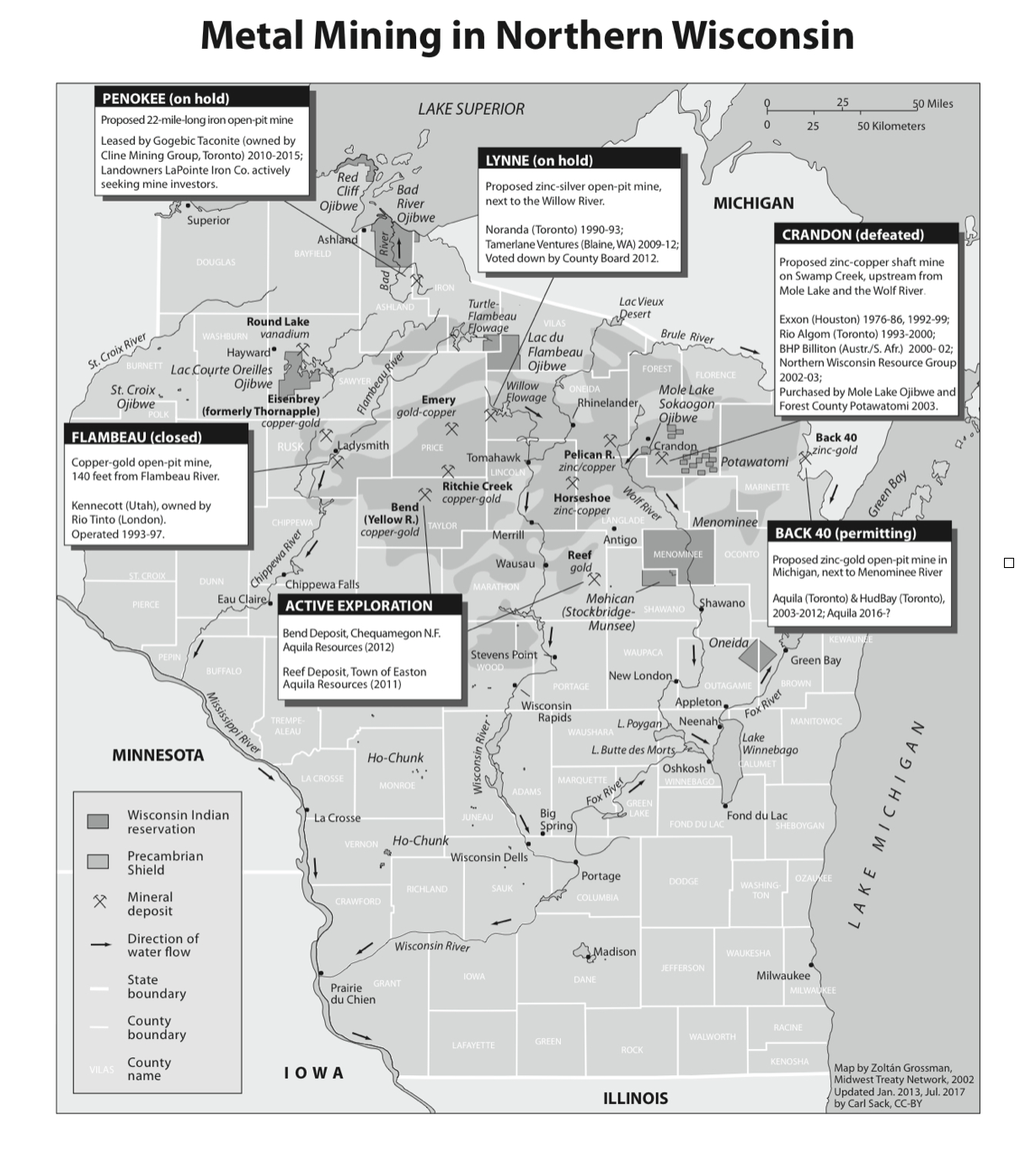
What is metallic sulfide mining?
Metallic sulfide mining — also known as hard rock mining — involves extracting valuable metals, like copper or zinc, from sulfide ores, which are rocks and sediments that contain minerals bonded with sulfur ions. To reach these ores, miners deplete the area’s groundwater by pumping it out and then excavate the site using drilling and blasting.
This process generates massive amounts of waste, which consists of rock that was simply in the way of the ore but also tailings – a finely ground material left over from processing. Because the ore is generally buried deep underground, miners must remove tremendous quantities of rocks and sediments to access it. And because the valuable target metals only compose a small proportion of the ore (sometimes averaging just 0.5 percent or less of the total mass), even once miners extract the ore, they must further purify it — using chemicals to separate the metal from the sulfur and other materials. But the process is not done yet — before the metals can be used, they must undergo another round of purification whereby the minerals are heated to extraordinarily high temperatures, melted, and then further separated — a process called smelting. At some mines, the entirety of these processes produces nearly 2000 pounds of waste byproduct to extract just 10 pounds of copper. That means more than 99 percent of what is excavated is waste material.
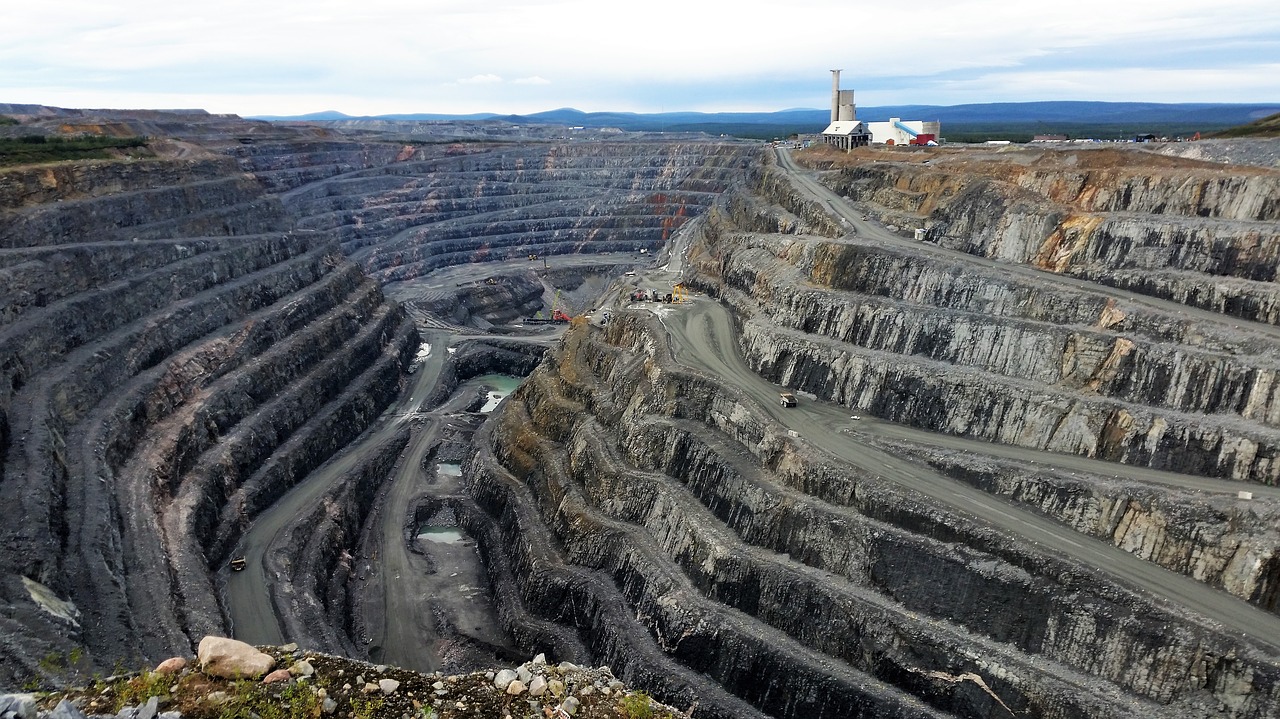
Wisconsin has only hosted one “modern” metallic sulfide mine, the Flambeau mine near Ladysmith. While the mining industry envisioned a major northern Wisconsin mining “district” comprised of multiple operations in the 1980s, those bold predictions proved false, with only the flawed Flambeau mine permitted to date. Several underlying factors explain why the mining boom never materialized, including strong public opposition, inadequate environmental protections, and a fundamental lack of available economic mineral resources.
Currently, there are no active metallic sulfide mines in Wisconsin, due to the Prove It First law (the Mining Moratorium) passed in the 1990s that forced companies to demonstrate environmental safety before commencing extraction. The recent repeal of the Prove It First Law, however, has spurred some new exploration by the industry in northern Wisconsin, including Aquila Resources’ efforts to drill at two sites it controls (the Reef and Bend deposits) and its plan to push through its proposed Back Forty mine just across the border in Michigan.
What makes metallic sulfide mines so harmful?
1) No metallic sulfide mine has ever been demonstrated to operate in the long term without damaging the environment in the United States or Canada. In fact, metallic sulfide mines harm nearly all aspects of our environment — destroying our land, polluting our air, and poisoning our water. In fact, a study in 2012 found that, out of the 14 copper sulfide mines responsible for nearly all the copper production in the United States, every single one of them spilled toxic waste materials into the environment, and 92 percent failed to contain seepage.
-
Many metallic sulfide mines are open pit mines, meaning companies kill forests and vegetation by bulldozing expansive swaths of land, before digging large craters to excavate the minerals. In fact, more than 80 percent of copper operations in the United States use open pit mining. Because it involves clearing vast natural areas, it reduces biodiversity, contributes to deforestation, and devastates entire ecosystems. Even underground mining, which uses tunneling to extract resources as opposed to open pits, can lead to sinkholes and erosion that pose hazards to plants, wildlife, and even people. Underground mining produces less waste rock and tailings relative to open pit mining, but the impoundments for these wastes can cover hundreds of acres of land – permanently contaminated them and precluding any agriculture or other production in the vicinity. Roads must be constructed, buildings erected, and natural areas disturbed with heavy machinery — all to be abandoned once mining operations have ceased.
-
Because mining operations generate excessive quantities of waste rock and tailings impounded adjacent to mines, these substances often become airborne, contributing to dust and air pollution in the area. Blasting also releases plumes of smoke and debris into the air, often unfiltered. Additionally, the smelting process has historically generated large amounts of air pollution, and while recent technology has mitigated some of its hazards, smelting still emits toxic substances like arsenic, cadmium, chromium, and lead. To make matters worse, mining is a carbon-intensive process that relies on fossil fuels to power vehicles, equipment, and infrastructure, meaning it generates a significant amount of carbon pollution and exacerbates climate change. For example, the average taconite mine requires as much power as 110,000 households.
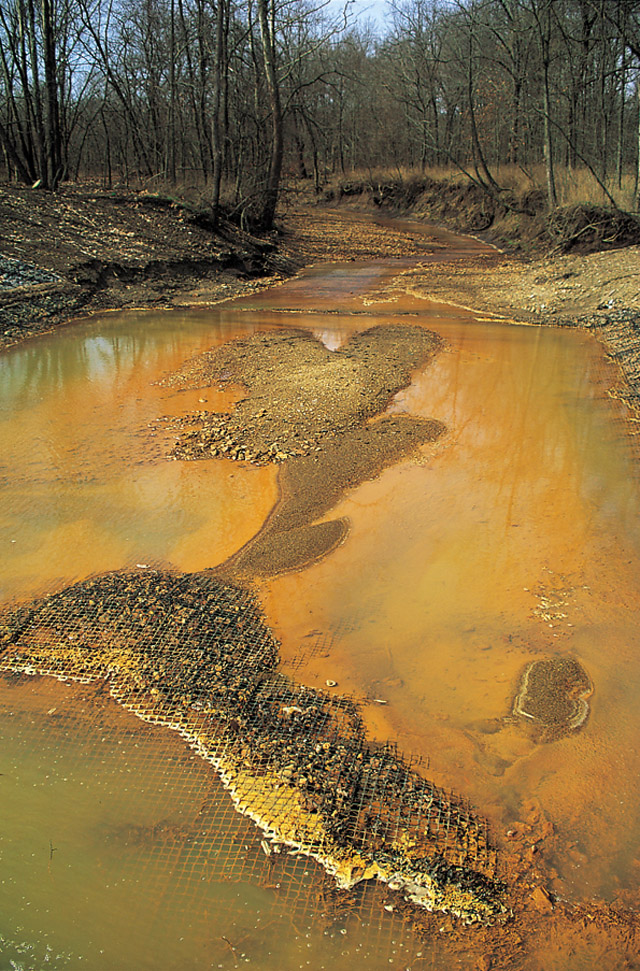
-
Water is perhaps most vulnerable to the hazards of mining. For example, acid mine drainage, one of the most severe adverse effects of metallic sulfide mining, occurs when the sulfides from the mines are exposed to oxygen and water, creating sulfuric acid (also known as battery acid). One of the biggest risks, however, is that this deeply acidic water can leach toxic substances from the mine, including sulfates and heavy metals like arsenic, lead, and mercury. As a result of rainfall, runoff, and the failure of impoundments and liners, this toxic stew then can infiltrate into groundwater or contaminate nearby lakes and streams, where it directly sickens and kills fish and other aquatic species.
2) Metal mining also harms our health, as it consistently releases the largest quantity of toxic chemicals by weight compared to any other industry in the United States, according to the EPA. In 2017, half of all toxic chemicals that were released or disposed into the environment originated from the metal mining industry — nearly 2 billion pounds of them. And 72 percent of toxic chemicals disposed onto land came from metal mining that year. A lot of this toxic waste consists of heavy metal contaminated substances that poison our waterways, enter the food chain through fish, and infiltrate our drinking water systems. Exposure can ravage just about every organ system in the human body. Lead and mercury damage our nervous systems, and the former also damages our kidneys and liver, in addition to leading to cardiovascular disease and developmental defects — especially in infants and children. Arsenic and chromium can cause cancer, skin disorders, and gastrointestinal problems, while cadmium leads to kidney damage and bone loss. And air pollution from certain iron mines has also been linked to lung cancer and mesothelioma.
3) Mining, like all extractive industries, is an inherently boom-and-bust business. While companies do employ miners temporarily, mines are often idled or abandoned once the operations have depleted the area’s natural resources or have become unprofitable. This boom-and-bust pattern can devastate local economies and communities. About half of these mines inflict an overall negative impact on the local economy, and regions with a history dominated by mining often are the most impoverished, supporting the “resource curse” paradox that suggests countries that rely on extracting natural resources suffer from low levels of economic growth. Due to mechanization, mines today also employ far fewer people and are less likely to hire locals. In fact, employment decreased by 83% at iron mines in Minnesota’s iron range from 1979 to 2005. When the price of metals declines, mines must lay-off workers or shut down — making mining an extremely precarious and volatile industry.
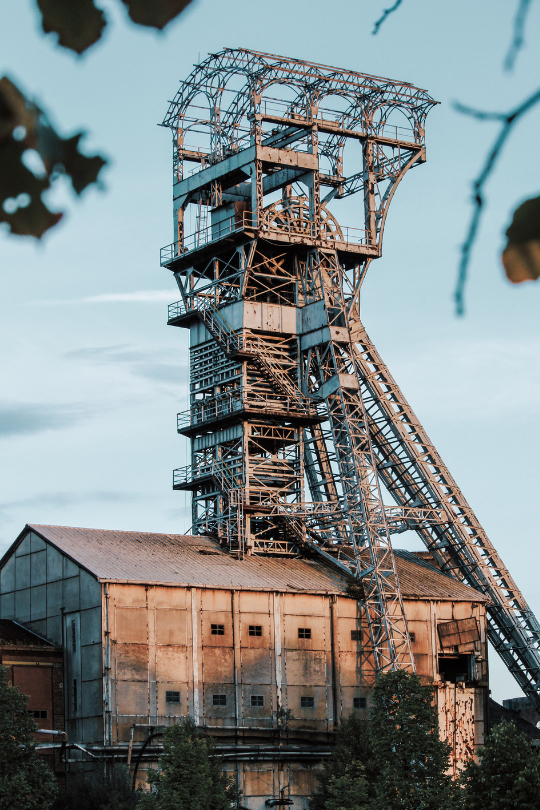
The process is just not sustainable — deposits of minerals that took billions of years to form are extracted in just a few years without proper planning, democratic consultation, or sufficient environmental impact analysis. Even after the mine shuts down, local communities will still have to deal with the threats that mine wastes pose to drinking water, lakes, and streams for decades and even centuries,. The profit also doesn’t remain in the state — the mining corporations extract this wealth along with the metals and keep it for themselves. Additionally, these mines are often only profitable to begin with because they don’t incur the full costs of their operation, generating what economists call “negative externalities” — detrimental economic side effects that the rest of society must pay for. For example, the mining industry threatens Wisconsin’s tourism, recreation, fishing, and hunting sectors. Tourism generates more than $20 billion of economic activity a year in Wisconsin, and much of it relies on Wisconsin’s beautiful natural areas that mining threatens (state parks alone generate $1 billion in economic activity and nearly 10,000 jobs). And decontaminating these mines is extraordinarily expensive — while recent data is unavailable, cleanup costs associated with acid mine drainage for just one year reached $30 billion in 1988. These costs are supposed to be covered by mining corporations, but the burden often falls on taxpayers.
4) Metallic sulfide mining harms Native Americans and encroaches on their territories — violating treaties, infringing on Native American rights, and threatening tribal sovereignty. The northern region of Wisconsin is home to numerous tribes that rely on sustainable and healthy populations of fish and other wildlife, as well as forest ecosystems and wilderness, to survive and thrive both materially and spiritually. Treaties and laws guarantee these tribes the right to hunt, fish, and harvest on their own lands. Even if a mine isn’t technically constructed on Native American territory, the pollution isn’t just confined to the mine itself and often spreads beyond its property boundaries because it contaminates waterways and entire watersheds — leading to water table drawdown, acid mine drainage, and heavy metal contamination. This can lead to fish kills, interference with wild rice harvesting, and harmful human health consequences, all of which are detrimental to Native Americans.
What’s the difference between iron mines and metallic sulfide mines?
Iron (ferrous) mining has a long history in northern Wisconsin, but in the past it did not involve metallic sulfides. A troubling 2013 law, however, relaxed iron mining regulations – the purported rationale being that iron mining is safer than mining in metallic sulfides. Yet as we learned from the Gogebic Taconite proposal, millions of tons of high sulfide waste rock would have needed to be removed to get to the low-grade iron ore in the Penokee Hills – meaning most of the environmental and health outcomes would have been similar. Despite the evidence, Governor Walker and the legislature ignored the scientific studies that demonstrated that the sulfide-rich waste rock would be just as dangerous as a metallic sulfide mine and passed the law anyway.
Iron mining has additional problems as well. Taconite mining, a type of low-grade iron ore found in Wisconsin, Michigan, and Minnesota, has been associated with mesothelioma, a rare cancer that forms in the outer lining of the lungs linked to asbestos exposure. Taconite miners in Minnesota became sick with mesothelioma at much higher rates than the rest of the population, causing some to suspect that taconite itself was a carcinogen. But recent research attributes this rise in mesothelioma to asbestos that workers were exposed to in the mines, although scientists are not certain yet.
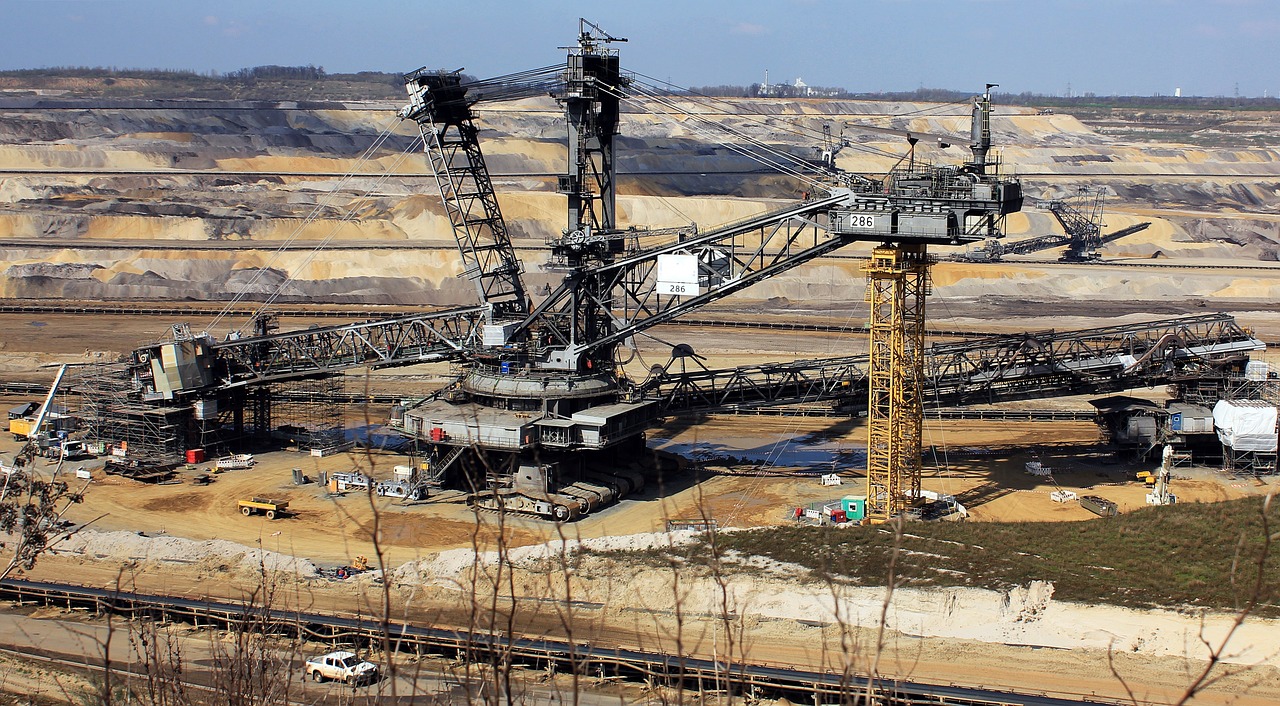
What can we do to prevent these harms of metallic sulfide mining?
Wisconsin’s unique geography makes metallic sulfide mining especially risky. Mining should not take place anywhere near lakes and rivers, important ecosystems, vulnerable communities, and tribal lands. Northern Wisconsin’s water-rich and fragile ecosystems need to be protected from the permanent damage caused by mining.
The burden must be placed on mining corporations to demonstrate proof of safety before commencing a mining operation, and we need policies to protect our state and regulations to force these companies to minimize adverse effects and maximize sustainability. Our health, environment, and prosperity must take priority over corporate profit. Mining companies must also be accountable to local communities and tribes — not shareholders and special interests — and residents should be able to have a say about whether and how a mining operation is undertaken. These are our lands and waters and we should have the power to defend ourselves from the environmental devastation associated with mining.
Until the appropriate environmental, health, and economic safeguards are implemented and an equitable and accountable process is instituted, the John Muir Chapter remains committed to opposing irresponsible mining proposals.
There are also some creative ideas that might lessen the need and economic incentive for mining virgin metals. Beyond state and national policies that help reduce, reuse, and recycle metal products, one mining alternative involves harvesting scrap metal and raw materials from landfills as opposed to from natural areas. Landfills often have far higher concentrations of metals than underground ores do — especially precious metals, due to electronic waste. Other ideas involve “greening” the mining process, increased regulations to create more sustainable mines, or developing renewable alternatives to metals. Some startups even plan to mine asteroids, although they have yet to be successful.
If you are passionate about mining or interested in helping us protect our state’s environment, please volunteer with us! We even have a subcommittee devoted to implementing mining safeguards. Please contact Dave Blouin or John Engel for more information.